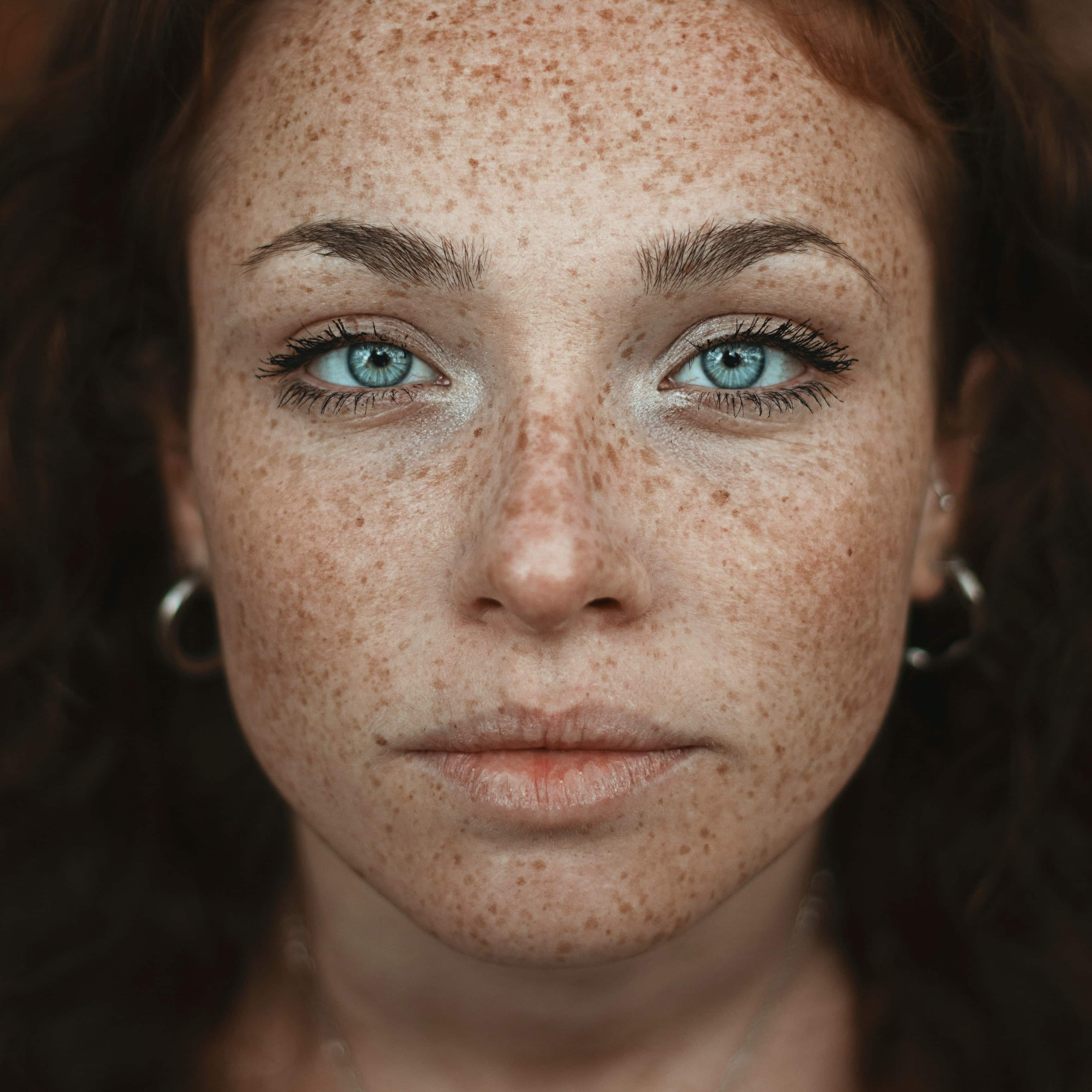About Shields W. Callahan, MD
Dr. Shields Callahan went on medical rounds before she went to school. She’d accompany her father, a neurosurgeon, as he checked on his patients and assessed their post-operative wounds. That experience and introduction to the “miraculous human body” made her decide early on to build a career in medicine. Like her father, Dr. Callahan followed a surgical track, but she opted to specialize on dermatology, focusing on skin health. “The skin has always fascinated me,” she said. “Not only is it the body’s largest organ, but it’s the most visible one.” More specifically, Dr. Callahan treats skin cancer, known technically in the medical world as cutaneous oncology. “I’m a skin cancer surgeon with specialized training in the precise surgical removal of skin cancers, with the aid of a microscope,” she says. “This approach results in the highest cure rate and leaves the smallest defect. My work also involves the delicate process of skin reconstruction to repair the hole created when the cancer was removed – and to do this in a way that ensures the best long-term cosmetic results.” Patients come to her for treatment of basal cell carcinoma, squamous cell carcinoma, melanoma and actinic keratoses. She also treats many rare types of skin cancer. Most of her patients are middle-aged or older, fair skinned – and they have sun damage, which can lead to cancer if not monitored. “The skin exam is one of our best tools to identify cancer,” Dr. Callahan says. “Taking a skin sampling – which is a biopsy – is an easy, low-risk procedure that allows for a definitive diagnosis of various skin growths and rashes.” With select surgical procedures, Dr. Callahan acknowledges that her team has a distinct privilege of curing patients of cancer in just a few hours. Surgeries are conducted in the outpatient clinic with local anesthesia, which reduces risks. She’ll review the original skin biopsies to confirm the diagnoses, and she takes time to answer any questions they might have about their skin cancer. She then uses a skin marker to draw around the cancerous area, to help them understand the size of the tumor and surgical site.
























